Post-Ice Age Inishowen findings to go on display
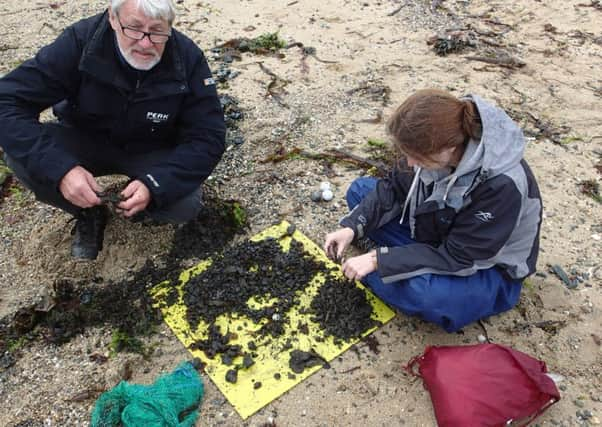

Greencastle Golf Club will next week showcase the collection of artefacts dating back to 9,000 years ago, and which stunned academics when they were discovered a few years ago near the Sixth Hole.
The submerged area at Eleven Ballyboes lies just off the coast and is considered among the earliest to produce an abundance of objects created by the first hunter-gatherer inhabitants in Ireland, following the end of the ice age around 9,000 years ago.
Advertisement
Hide AdAdvertisement
Hide AdThe artefacts, which include tools and weapons such as flint knifes have been carbon dated to the early Mesolithic period.
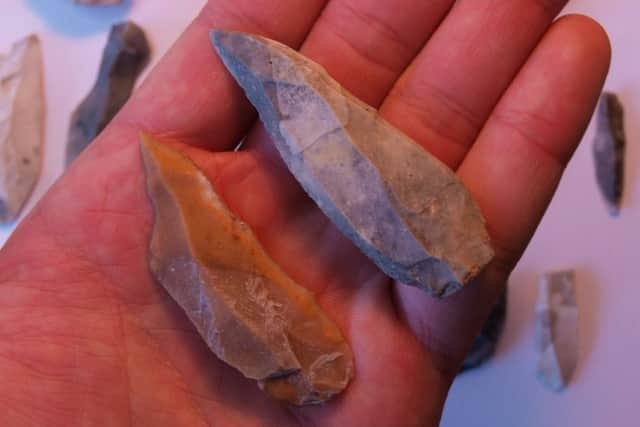

Tony Carlin, committee member with Greencastle Golf Club said it was “jaw dropping” to think that some of Ireland’s first people had settled a stone’s throw away, on what was likely then the Foyle Valley, which it is believed reached almost to Magilligan.
The site only came to light after local man Brian McNaught found and gathered hundreds of flints from the bays in the area several years ago.
The samples were then sent to the National Museum in Dublin and experts Peter Woodman and Kieran
Advertisement
Hide AdAdvertisement
Hide AdWestley, among others, later became involved in conducting further research. The experts were able to determine that the finds dated to before 7000 BCE.
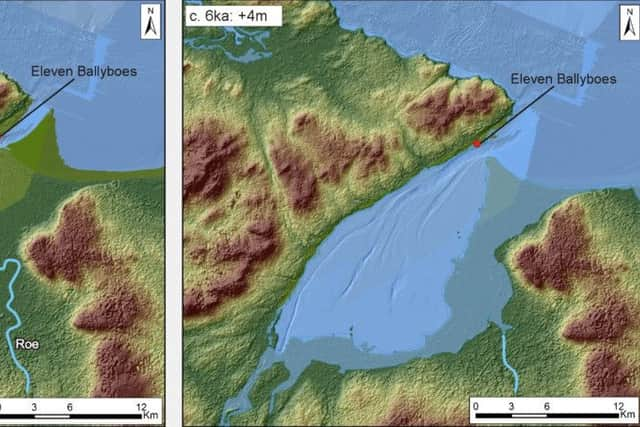

Around 1,500 flint items such as axes, blades and flakes have now been retrieved from the area.
A number of expert investigations of the offshore area have been conducted to date, with peat containing wood chunks located and dated.
Mr Carlin said: “To think that 9,000 years ago there were people settled in this area, it’s mind-blowing.
Advertisement
Hide AdAdvertisement
Hide Ad“People only came here to Ireland around that time because prior to that climatic conditions would have prevented it.
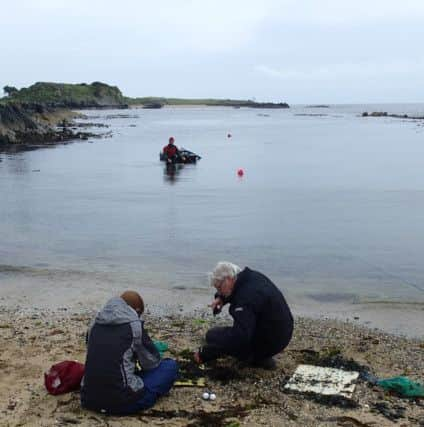

“The ice age had just ended and Ireland just became habitable around 8,000 BC to 7,000 BC. This was very, very early days, the first settlements.
“At that time Lough Foyle would have been more like a river and the land would have stretched further out in the direction of Magilligan.
“With National Heritage Week coming up, and it also being Greencastle Golf Club’s 125th anniversary, we thought that because this was right on our doorstep, we should look to put the artefacts into an exhibit.
Advertisement
Hide AdAdvertisement
Hide Ad“We will have items such as flints and stones on display from Monday to Friday next week, then we will be giving them over to the Maritime Museum in Greencastle where they will be displayed for a number of weeks.
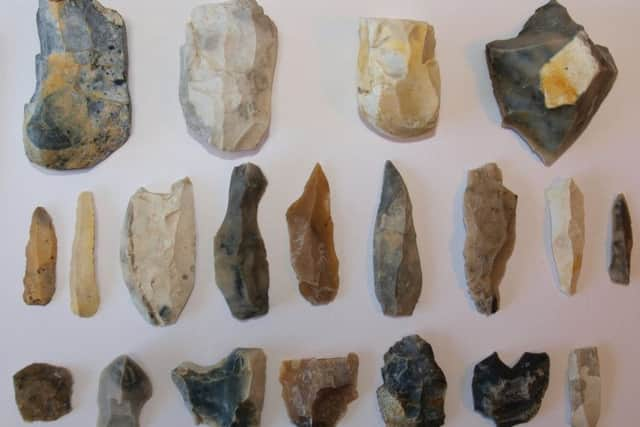

“The exhibition we are putting on at the Clubhouse here at Greencastle Golf Club is free and will be open 10am to 5pm.”
He added that there were some findings which may point to fire pits and a diet which included hazelnuts.
The wider Inishowen area is well known for being of interest to archaeologists with cairn and wedge tombs from Carndonagh and Glentogether to Buncrana, along with Bocan stone circle, the Temple of Deen, Aileach and later monastic settlements and castles pointing to a long, diverse, and largely unexcavated history of human habitation.